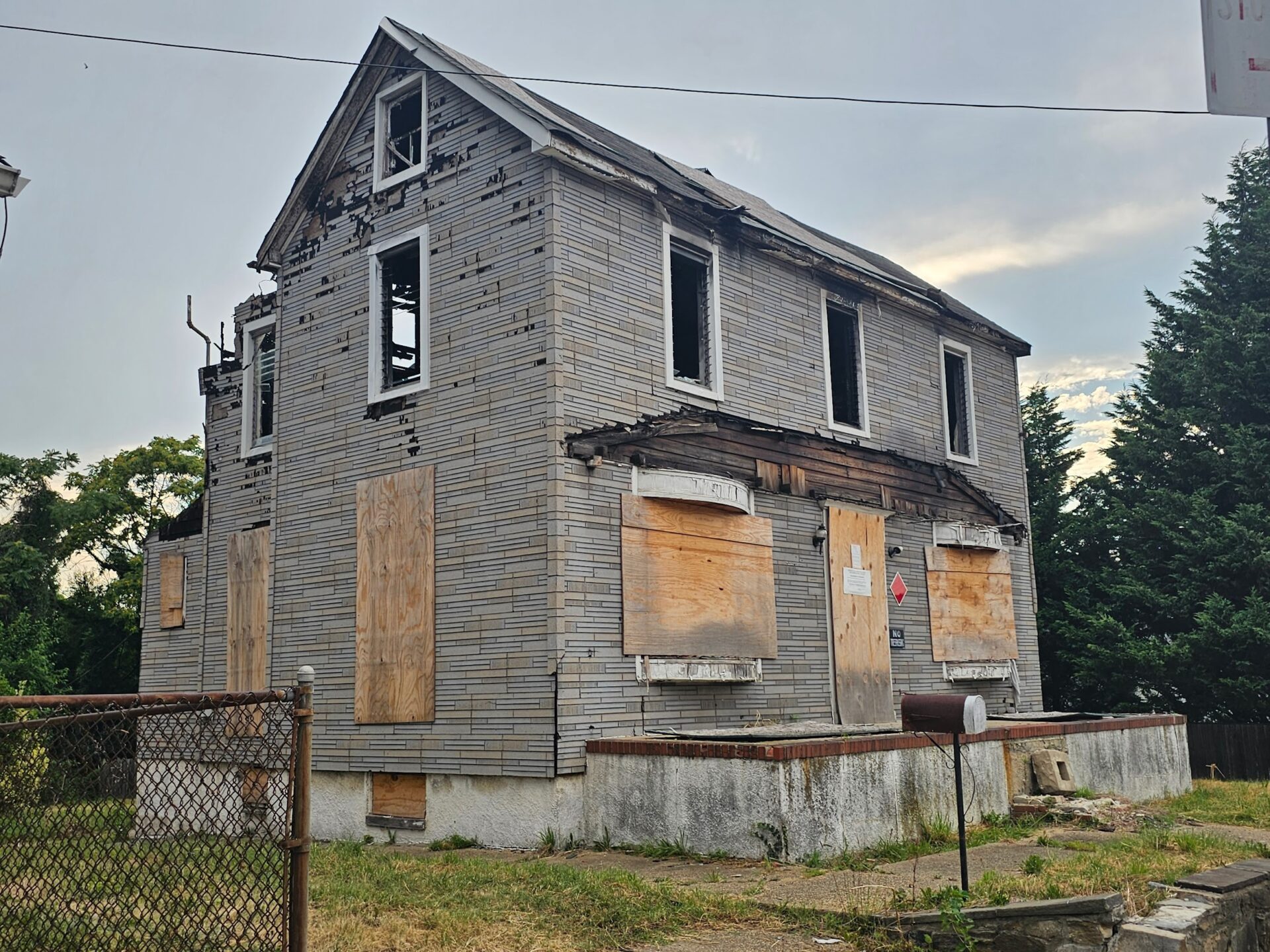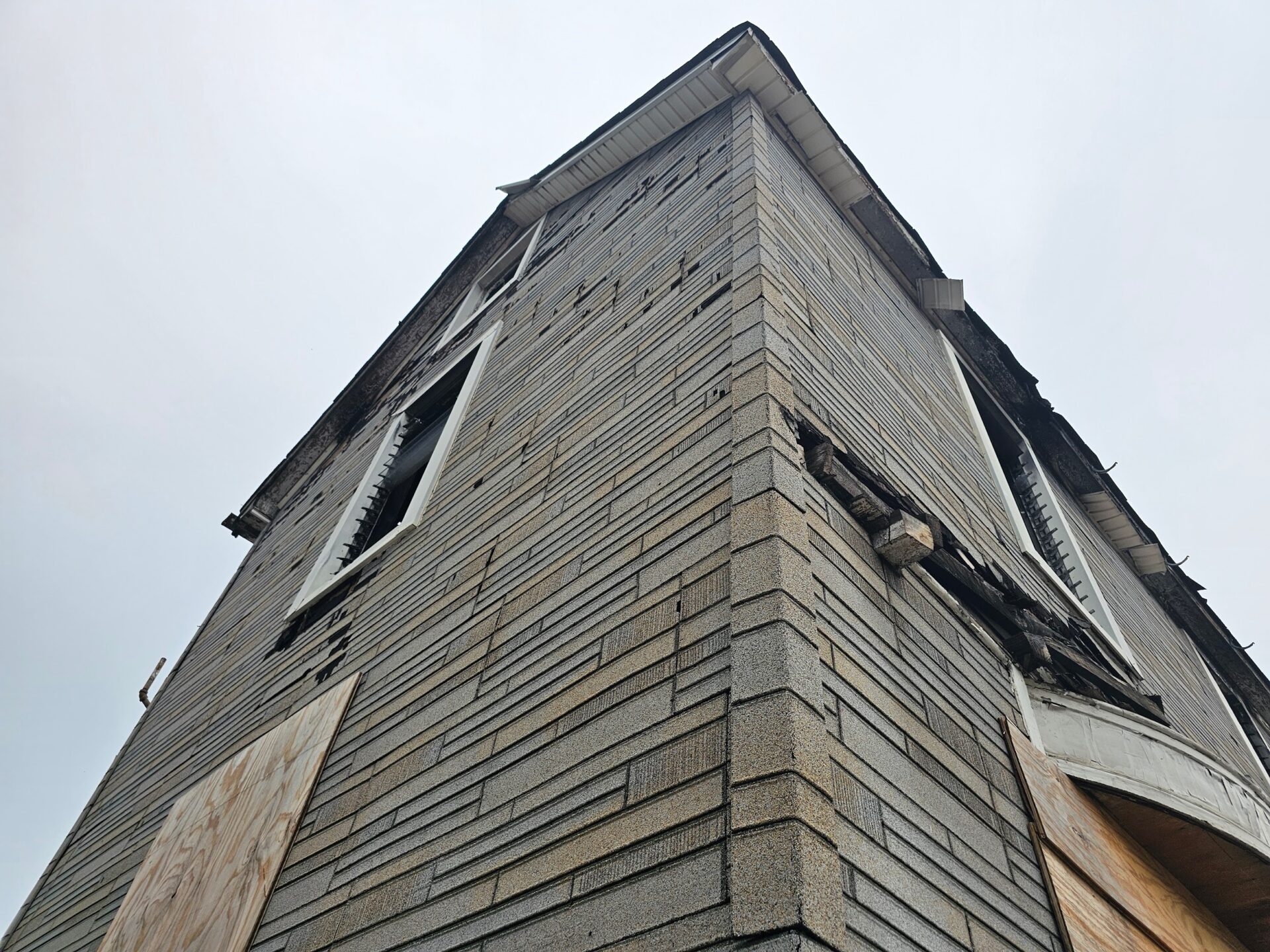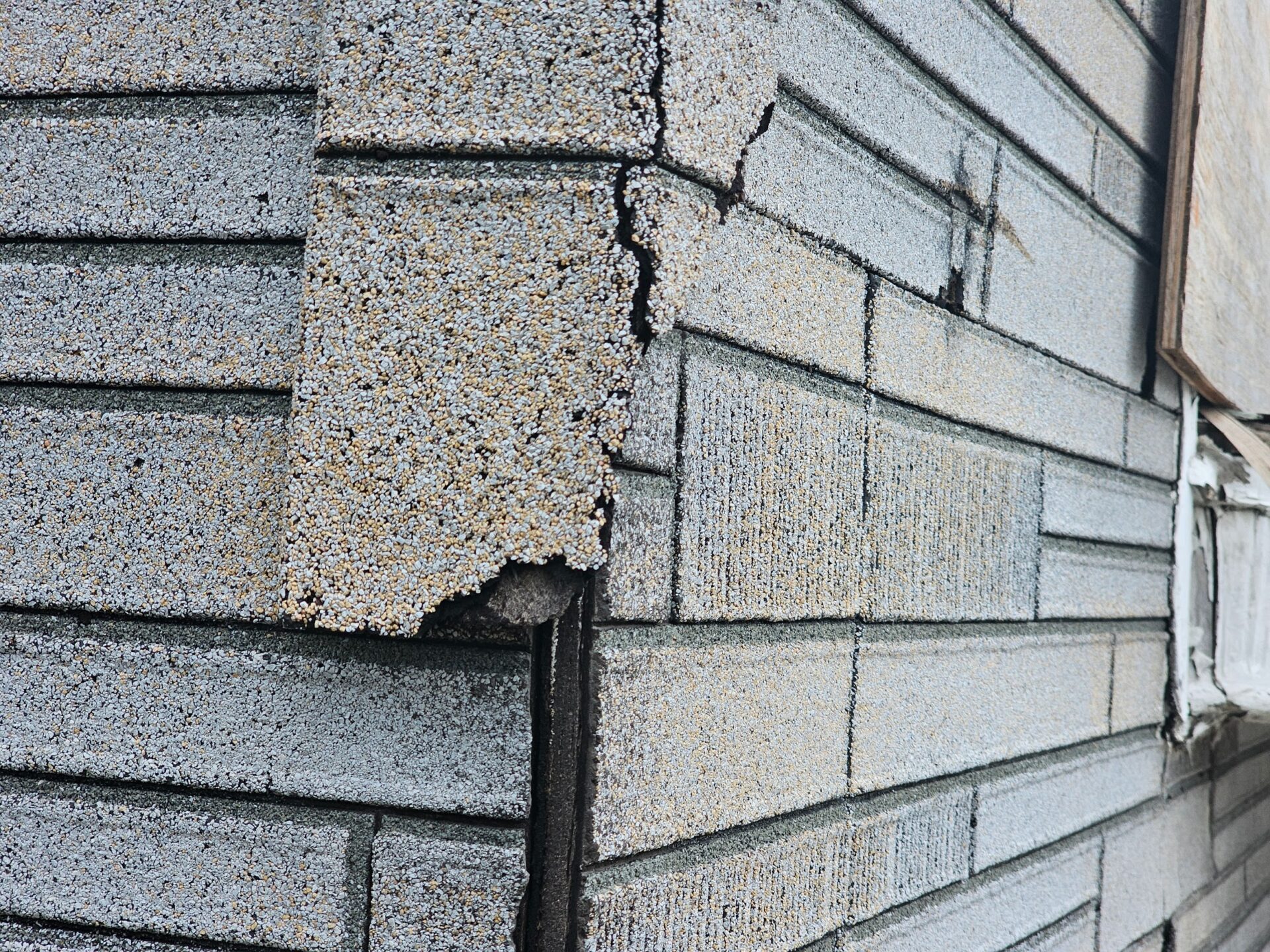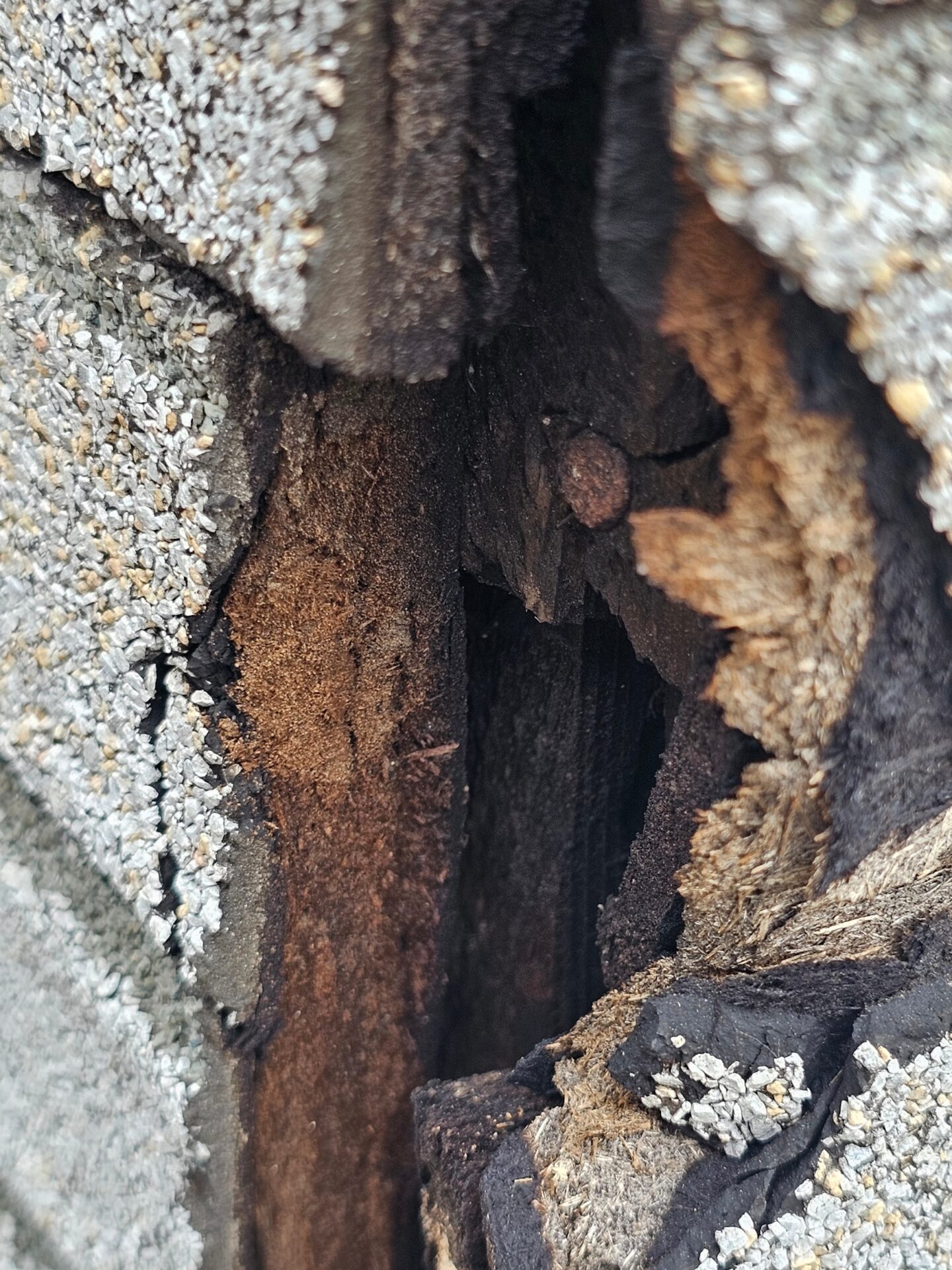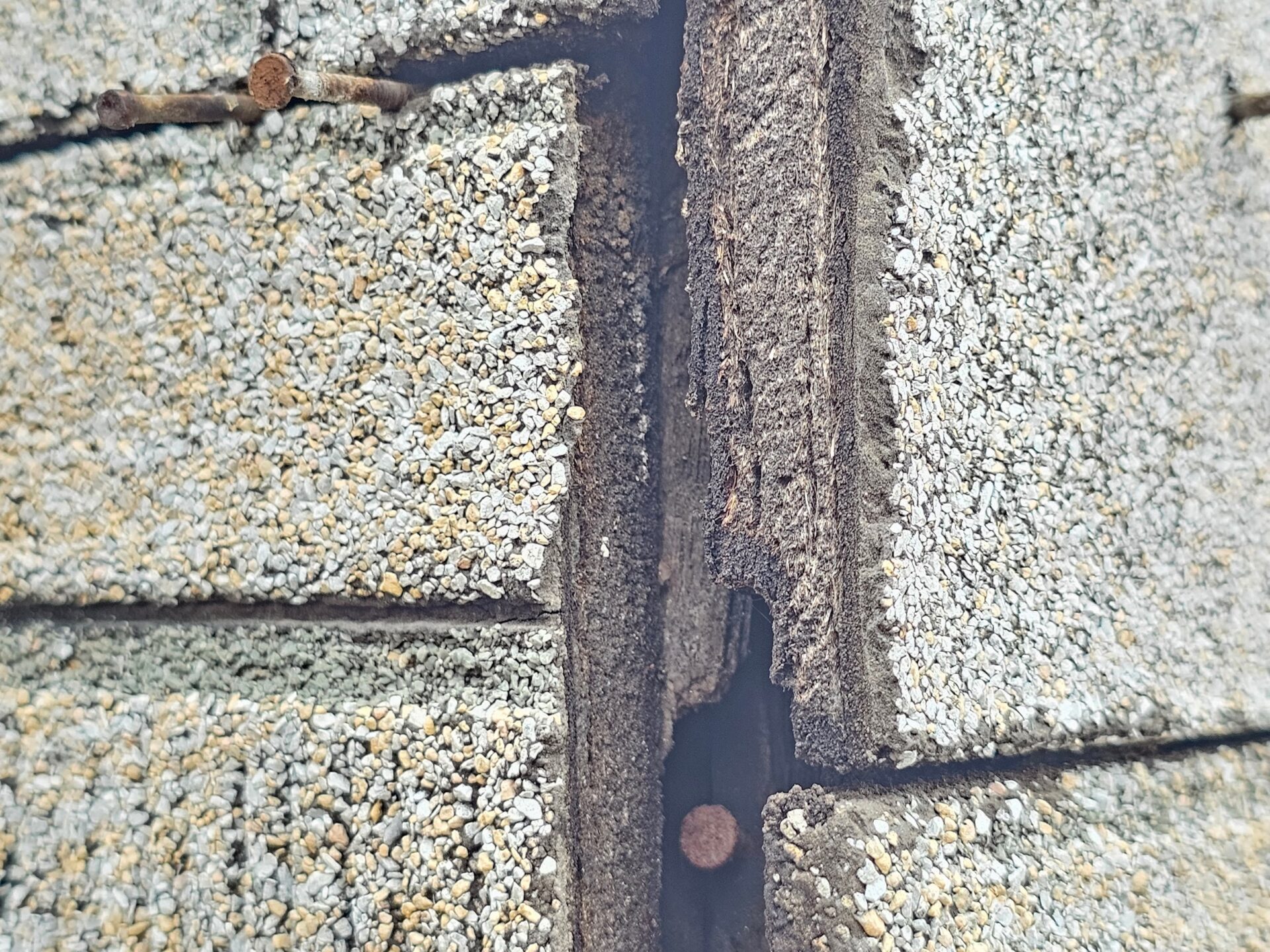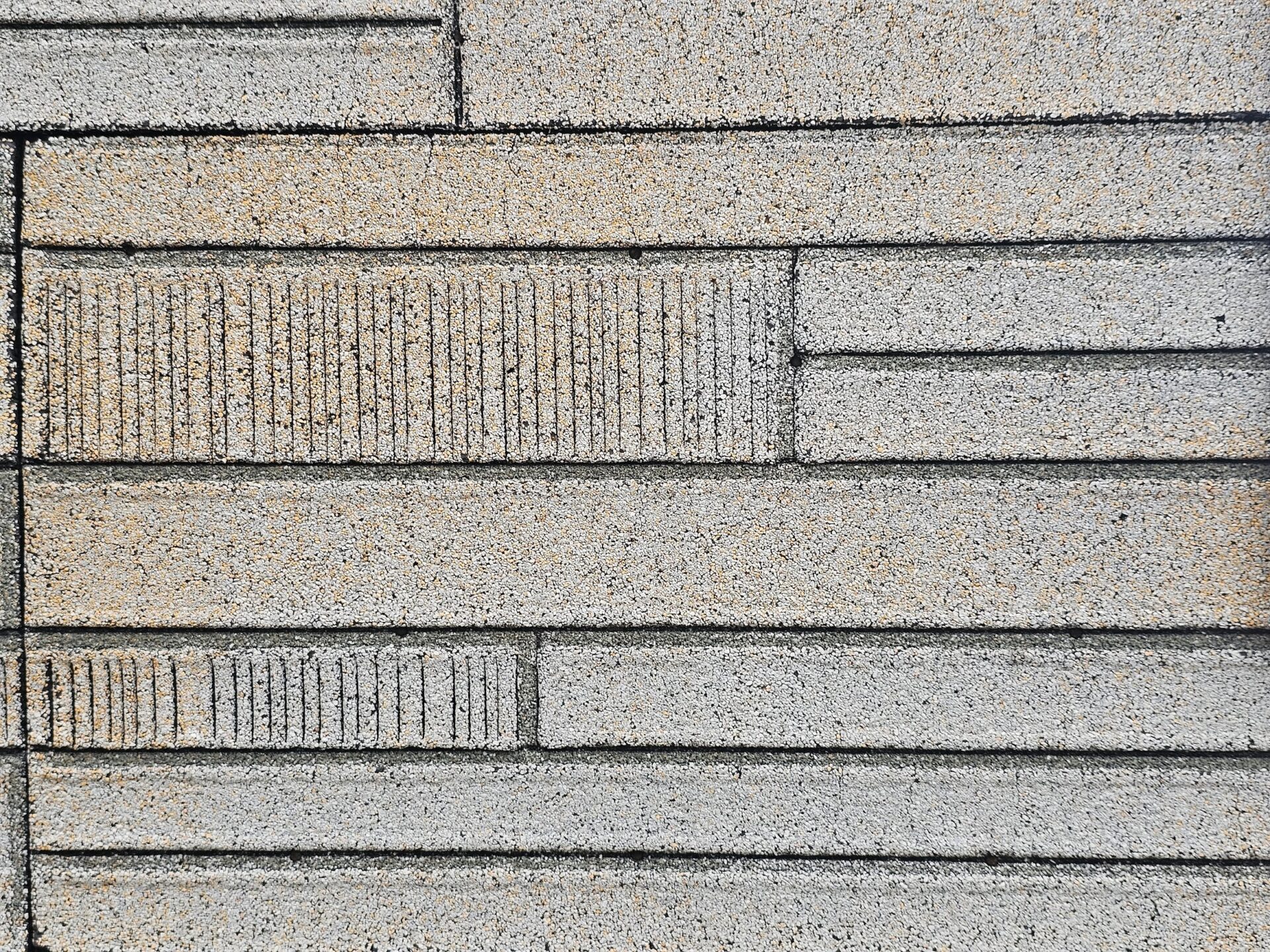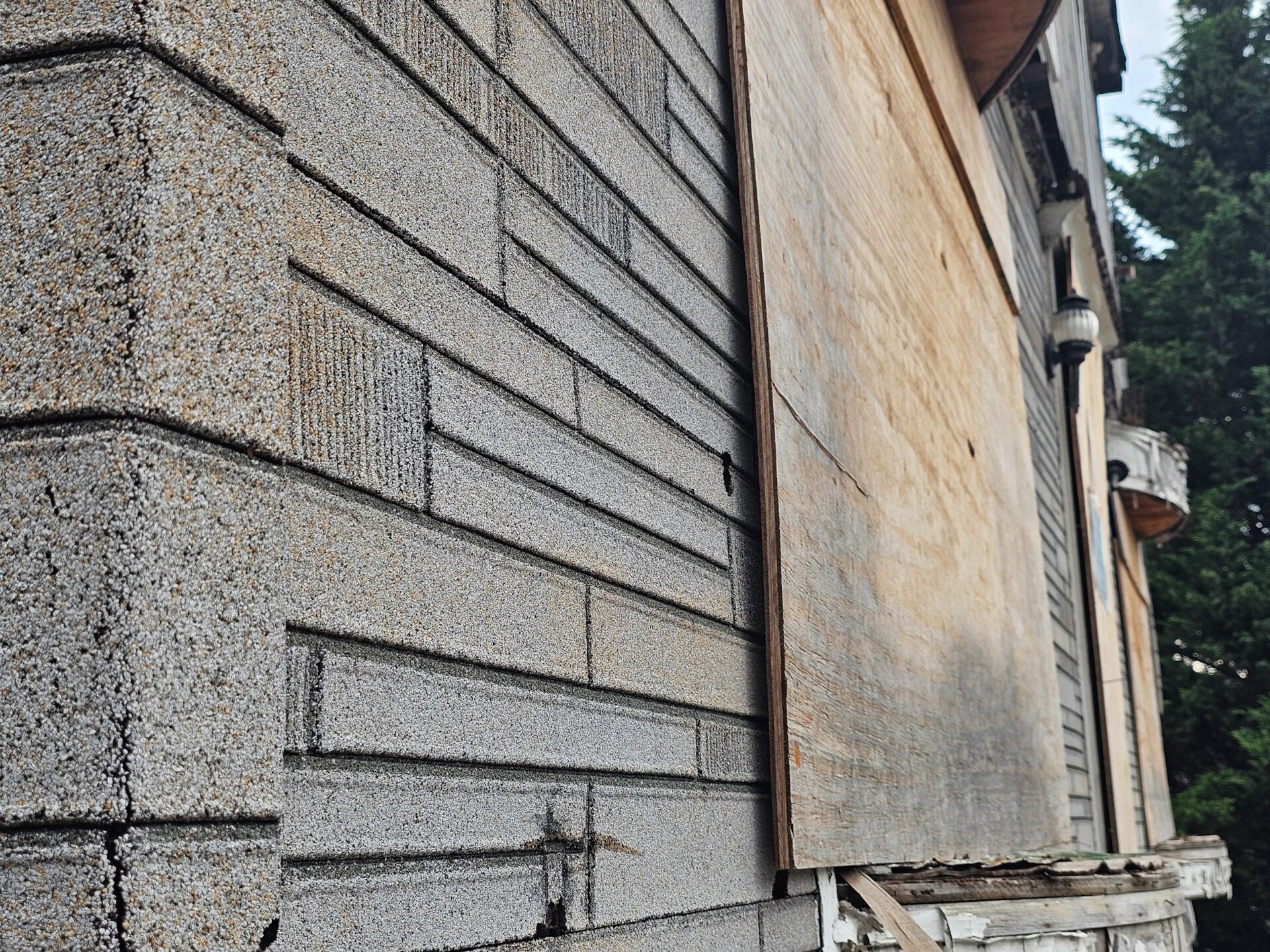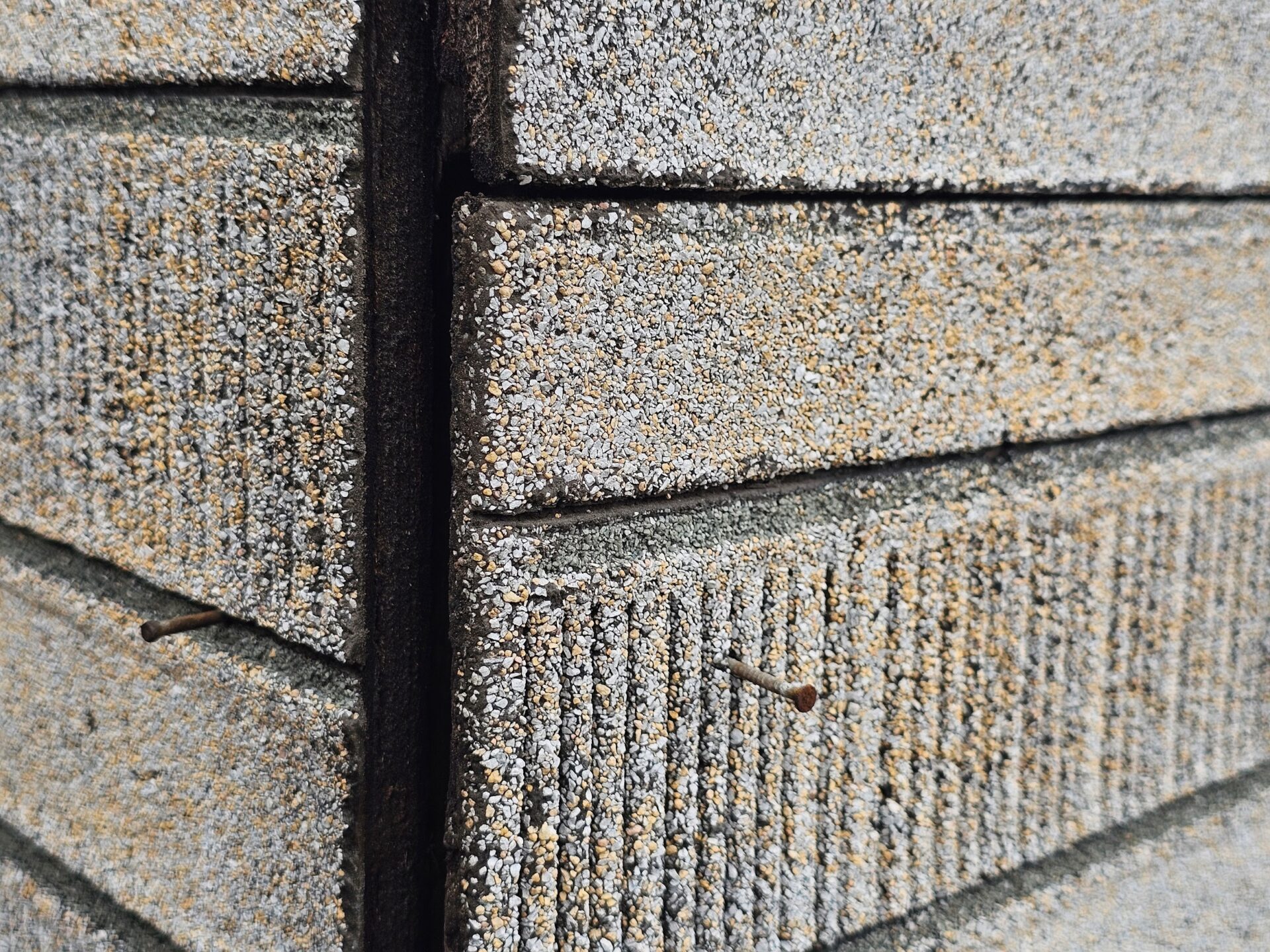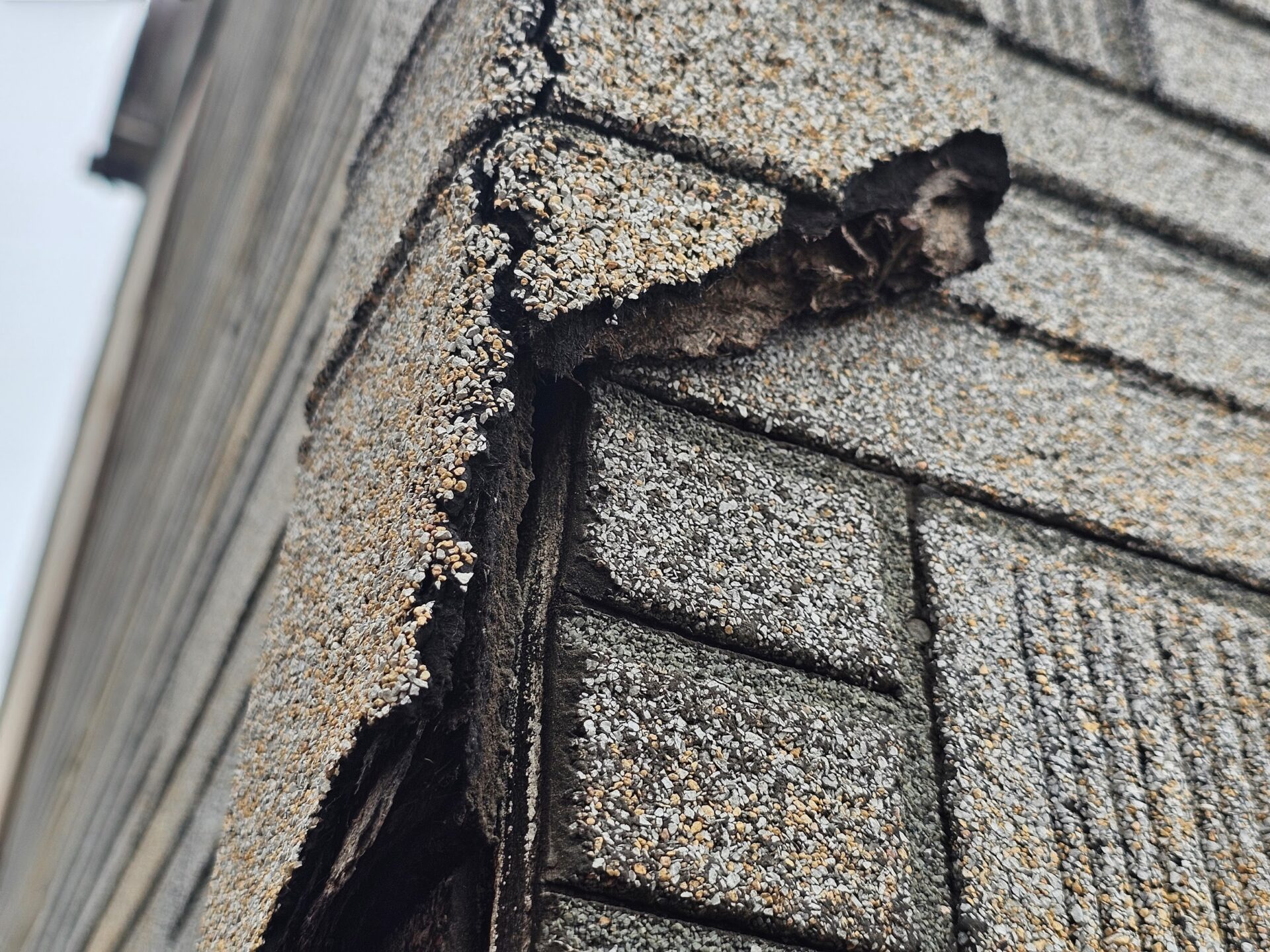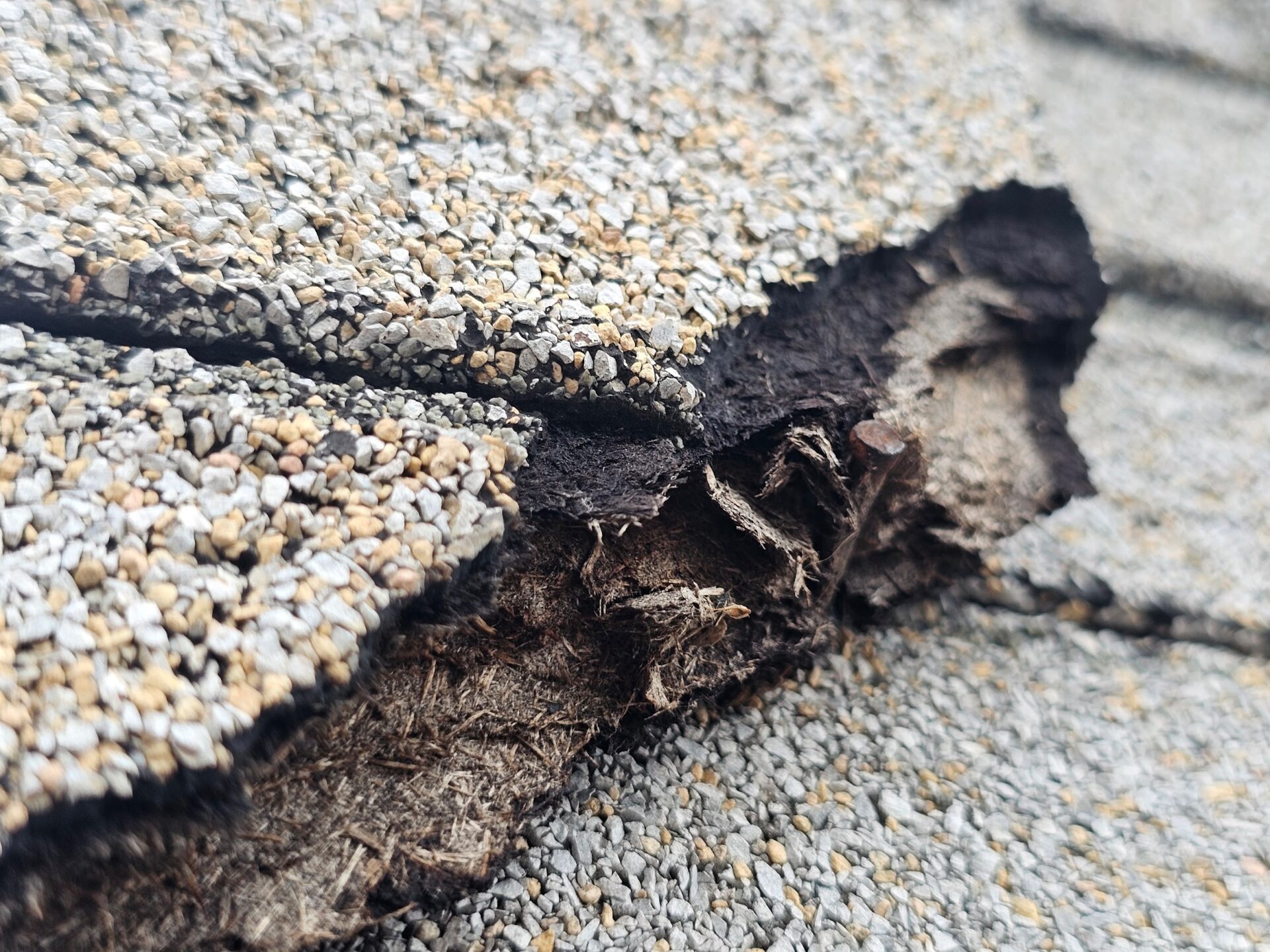Here on our website and on our blog, we’ll often go deep into certain topics and talk about them for several different weeks in series. Today though, we’re just taking a quick look at something that is related, in a way, to some of our other topics but a little bit unique and a bit of an anomaly. We are a building facade contractor, as much as most other types of areas of disciplines of construction, we focus on restoring and renovating historic building facades and our website and blog are set with the mission of teaching and sharing the knowledge of this specialty of facade restoration and construction. In the picture below, you can see an example of a historic building built with a stick frame and block construction. Unlike the historic buildings that we typically look at here in Washington DC, this building is a little bit newer, a few decades newer than most historic brick buildings. Although built with a masonry and cement foundation, the portions of the building, the 2.5 levels above grade, are built with a stick frame / wood frame construction. However, unlike more modern buildings, this building was built with a post and beam type construction, not modern or contemporary California platform framing.
This building is obviously in a state of severe neglect and disrepair and will likely be demolished in coming years. One of the most unique characteristics about this building is that the siding, although it looks like a stone structure, is actually a material similar to asphalt roofing shingles. This building was likely built around 90 years ago. At that time, vinyl and plastic materials had not yet been invented or at least were not used in widely distributed products such as vinyl siding. At the time builders were looking for cheaper ways to build siding fast and inexpensive. That trend has continued through to today, sadly. Formstone was also invented around that time, about 100 years ago, and formstone was used on many buildings here in DC. You can still see remnants and facades of it in many places.
This material can be installed very fast, almost as fast as vinyl siding except unlike vinyl siding, the individual pieces of this asphalt type shingle are installed in smaller units. Vinyl siding by comparison although it looks terribly cheap and like plastic, can be installed in continuous long strips. In the picture below, you can see an example of a damaged and deteriorated vertical corner strip of this material. Unlike regular asphalt shingles used in roofing, this material is much thicker and therefore actually has some insulative thermal resistant value.
In the next two pictures below, you can see closer views.
Here you can see there is an insulative homosote type material behind the asphalt ceramic granulated surface material. Like a sheathing, that material provides a backing and rigidity to the shingle material.
The edge of the backer is as thick as a typical modern wood or wood product type of sheathing.
Here you can see the intended design, made to look like an ashlar masonry, from a distance. Up close though it’s obvious that this material is a fake replica of stone work or masonry.
The pictures below show different angles of the facade and some views that are relatively close up where you can see the sandwich or assembly of building materials.
For a weather barrier, particularly to withstand against elements of moisture and precipitation, this material is not nearly as effective as modern materials which generally include a synthetic type of housewrap behind the siding.
If you look closely in the picture below, you can see an exposed rusted ferrous metal nail used as a fastener to secure the siding in place. In most cases, like most types of modern siding, each lower course will be nailed at the top and the successive course above will cover the top of the face and edge of the course below. This concentric method of each course covering the fasteners of the course below essentially keeps those fasteners out of the typical precipitation and weather elements as they are moisture sensitive and will oxidize at an accelerated rate when exposed to the elements.
We can Help
Our company focuses on historic restoration more than modern building upkeep, maintenance, and construction, but our company understands both types of construction very well and a full picture well-rounded approach is needed in any niche in the construction industry. Although we focus on historic restoration, repointing, tuckpointing and historic brick repair, our company also has technical knowledge and competencies in the areas of modern and contemporary construction as well as we become one of the leaders in that area of the market today. Understanding both historic and modern or contemporary construction is useful because both aspects help understand the challenges and potential solutions for challenges in building science and construction.
We can help with a variety of historic masonry restoration needs and upkeep, from modest tuckpointing and or repointing to complicated and extensive historic masonry restoration. Infinity Design Solutions is a historic restoration specialist contractor specializing in both historic masonry restoration such as tuckpointing our repointing, and brick repair. If you have questions about the architectural details or facade of your historic building in Washington DC, reach out and say hello and if we can help we’ll be glad to assist you. You can email us or call us on the telephone at the following link: contact us here.

